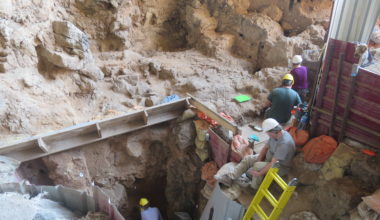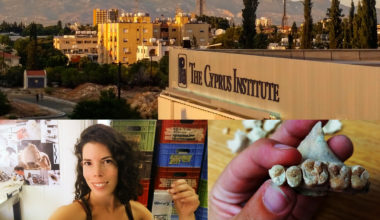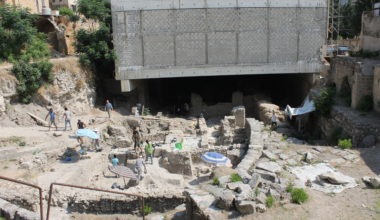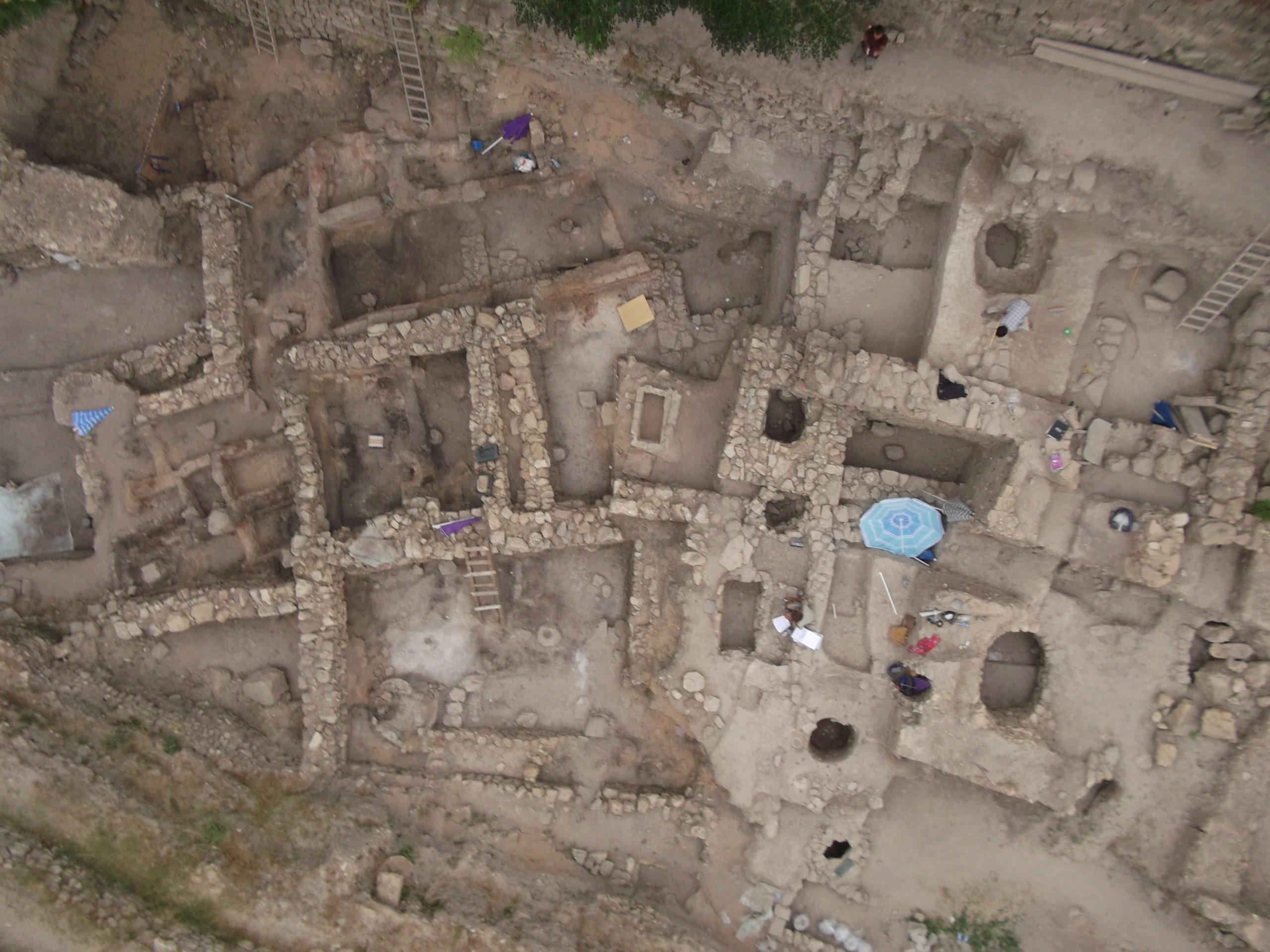
By Claude Doumet-Serhal, MBE, FSA
On the coast of Lebanon, 30 km south of the capital Beirut lies the city of Sidon mentioned 38 times in the Old Testament and considered by some to be the more ancient and the most prominent of the Canaanite/Phoenician coastal cities. Highlighted in biblical accounts as being the “first born of Canaan”, Sidon’s inhabitants were the most well-known of Phoenician communities, to such an extent in fact that the designations Phoenician and Sidonian were often considered synonymous.
Sidonian artisanal skills were highly praised in the ancient world. Much mention was made about the adventures of the Sidonian silver bowl described by Homer and destined for Ithaca in the Ionian Sea with many assumptions written about this wondrous artefact that travelled far as a prime symbol of communication, exchange and trade around the Mediterranean.
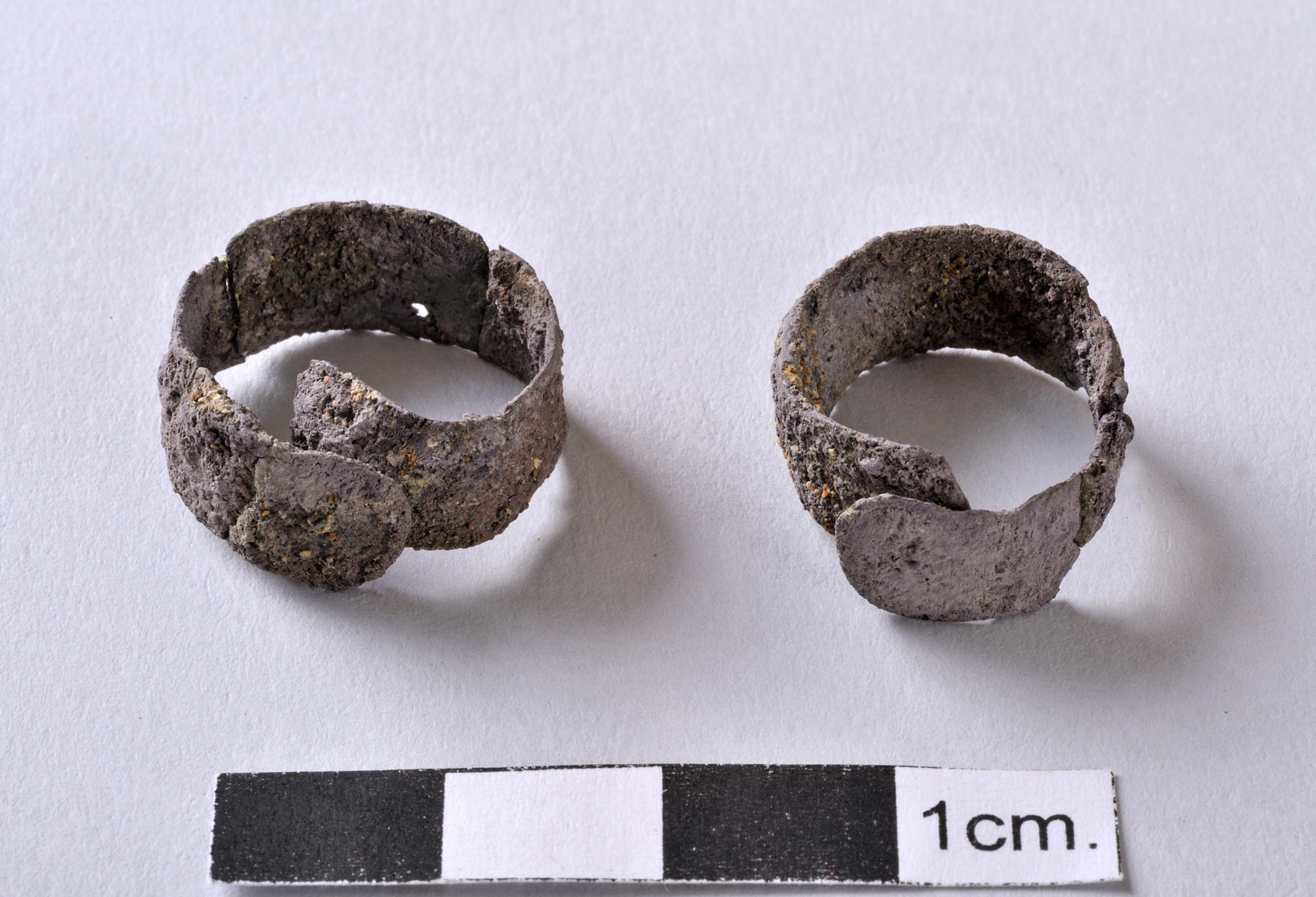
Sidon is only the second urban excavation to take place in the Lebanon after Beirut. It offers however much more than the Beirut excavations as work is undertaken on land expropriated by the Lebanese Department of Antiquities for the sole purpose of research. This means that this is a project with no time limit and no pressure from developers. The excavation which started in 1998 was initiated by Dr John Curtis, as a joint project between the British Museum and the Department of Antiquities of Lebanon. It was sponsored over the years by the British Museum, (1998-2010), CBRL (2002), the British Academy, (2002-2004) and private Lebanese institutions (1998 to date).
The project, which is still ongoing, allowed access for the first time to the city’s ancient layers revealing a historical span commencing from the end of the 4th millennium through to the 3rd, 2nd and 1st millennium BC in an almost uninterrupted sequence of occupation.
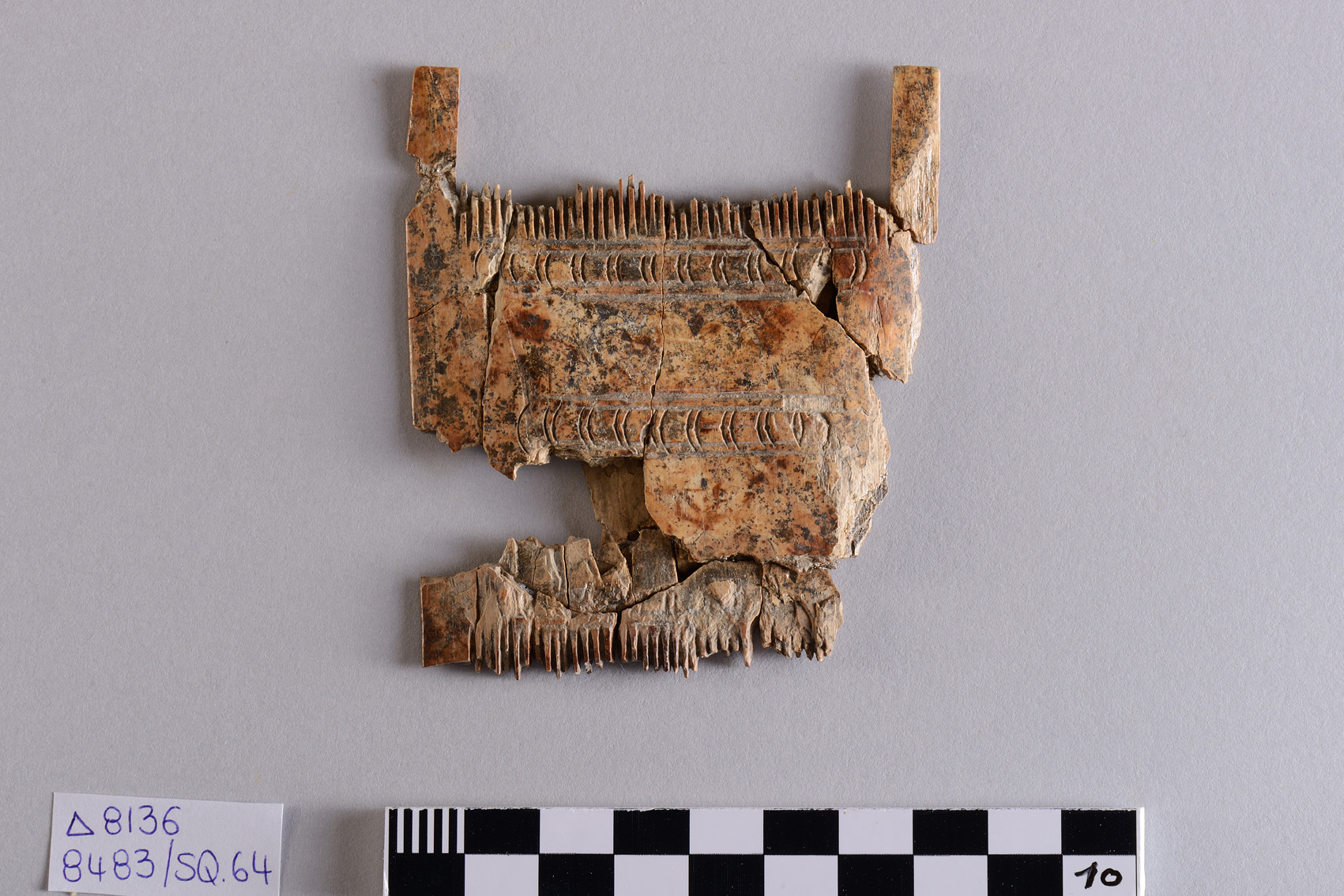
This unbroken narrative made possible a unique understanding of the social behaviour of the ancient Sidonians during specific events related to cult and ritual, eating and drinking, dancing and music, and leaving an impression of a people with long memories, given to slow change and deep rooted conservatism. No definite separation of secular and ritual activities took place at Sidon during communal feasts as domestic settings were chosen as the venue for the ritual. Mediterranean contacts played a huge role in this city which harbour was one of the most important naturally protected anchorages on the Levantine coast.
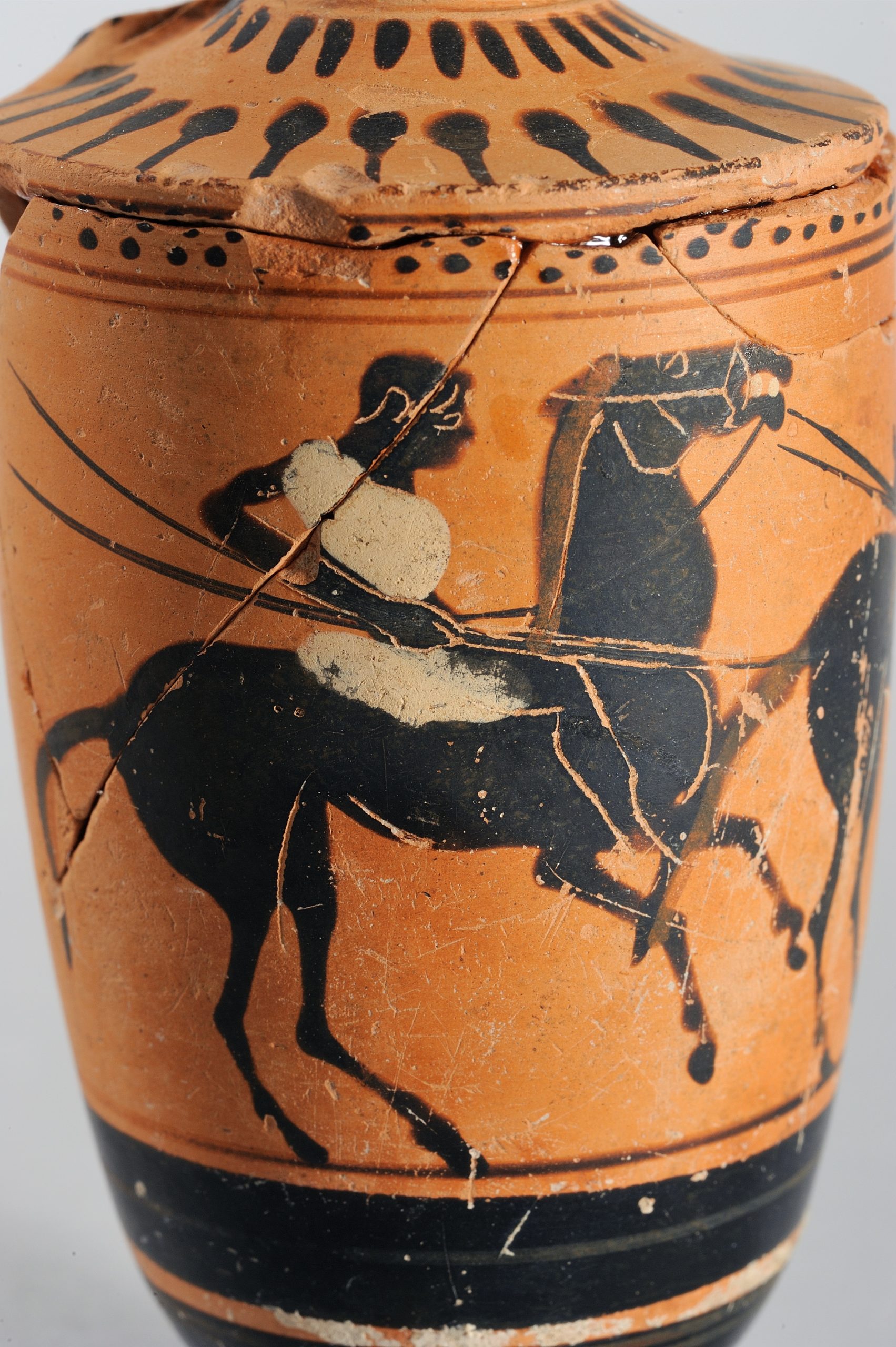
Of the 170 burials from the 2nd Millennium BC DNA has been extracted from bones of five individuals from Sidon and through sequencing at the Sanger institute reconstructed their entire genomes and compared them to other ancient and present-day populations.
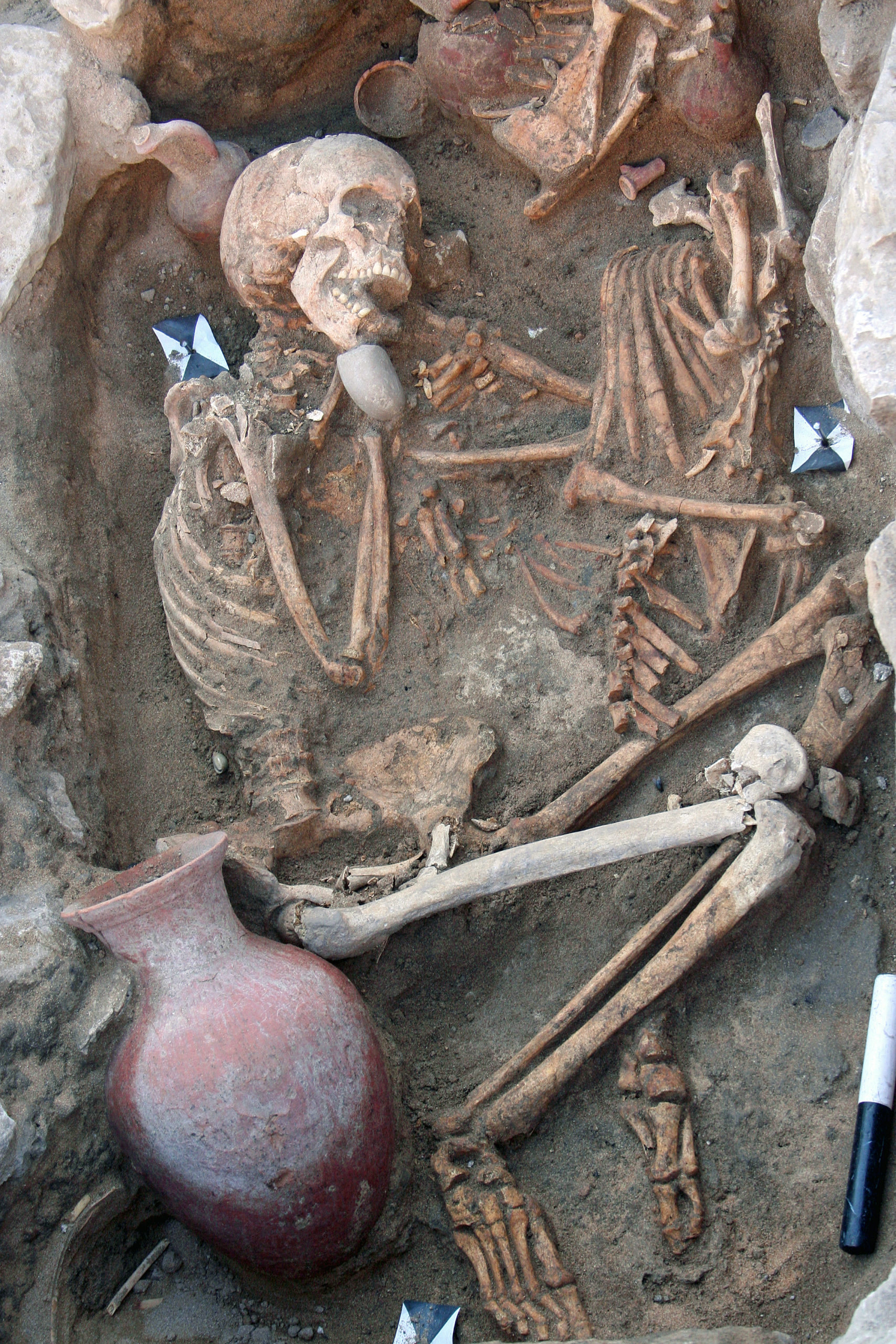
When the genomes of ancient Canaanites were compared to modern populations, it was found that 90% of the ancestry in present-day Lebanese is derived from the ancient Canaanites, which suggests substantial population continuity in the Levant since the Middle Bronze Age.
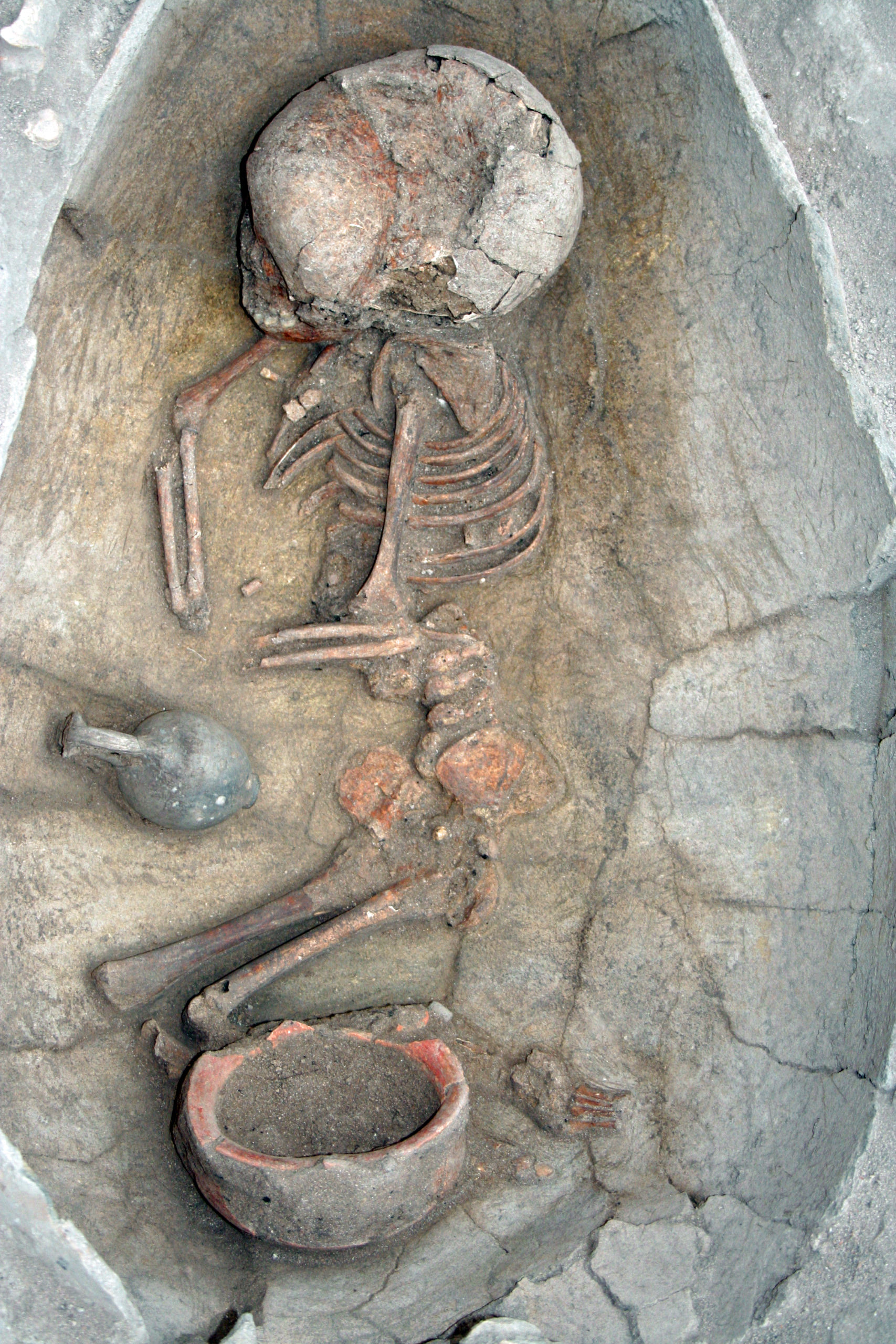
The results of this genetic study were published on 27th of July 2017 in the American Journal of Human Genetics corroborate what the archaeology has shown through the excavation of a temple which is still ongoing consisting of 11 rooms with a succession of highly packed beaten earth floors dating from the 11th to the 8 century BC. The Sidon data further strengthened the interchangeability in the descriptive terms ‘Canaanite’ and ‘Phoenician’ and the held conviction that the Phoenicians are indeed the Iron Age descendants of the coastal Late Bronze Age Canaanites.
In 2014 an exceptional project was carried out during a period of 7 months (January to July) and again in winter 2015 (January to March) on both sides of the site before the removal of archaeological remains due to the construction of the Sidon archaeological museum above the archaeological site. It has become subsequently clear that a sequence of deposits relating to the Crusader occupation of Sidon, together with substantial parts of the city’s Medieval defences survived in the south part of the site. In addition to the articulated animal skeletons, two earlier mass burials have been also found in the ditch. These burials which were the remains of an armed conflict contained the human remains of predominantly male adults, with evidence of violent trauma, injuries of man-made appearance indicative of violent actions and burning. One of these burials was firmly by a radiocarbon dating to 1160-1256 AD
It is now certain that the Sidon excavation is at the core of a new dynamic that be instrumental to a better understanding of the Canaanite’s/Phoenician social and cultural identity and this remarkable body of information will no doubt act as a corner stone for a broader understanding of cult and ritual on the Levantine coast throughout the centuries.
Dr Claude Doumet-Serhal, MBE, FSA has been directing the Sidon excavation since 1998. She is a trustee of the Honor Frost Foundation, a member of the Research Group Orient et Méditerranée UMR 8167 CNRS, Paris. She is the founder and editor of the journal Archaeology and History in Lebanon established since 1993.
The views expressed by our authors on the CBRL blog are not necessarily endorsed by CBRL, but are commended as contributing to public debate.












